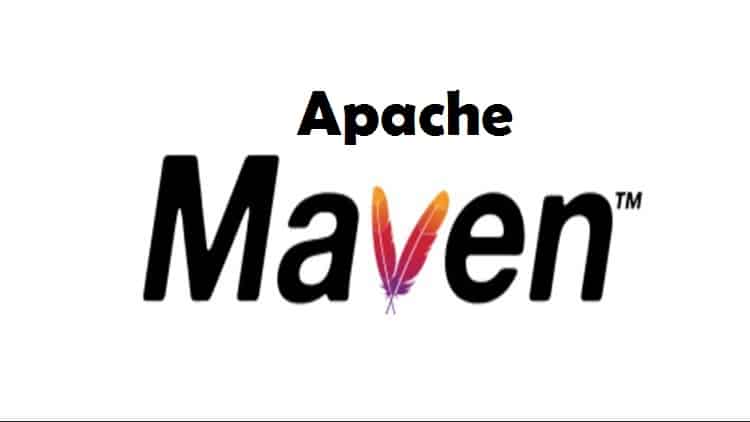Apache Maven is an automation tool that is primarily used in Java projects. It dictates how a software is built and describes the dependencies. Before the emergence of Apache Maven, Apache Ant was used. This is required because there are literally unlimited Java libraries and frameworks available and there should be a standard way of describing how a software should be built, its dependencies, external modules, and components. Apart from that, it also describes building order, directories, and plugins. In general, a large Java project uses a lot of frameworks and tools and hence, the need for a standard for describing the dependencies and the way to compile and build is a necessity. It is needless to say that Maven brings the proper workflow and discipline with its proper directory path. Let us know about Maven and its use in details.
Different Aspects Of Apache Maven –
Structure – What Maven does is it enforces a specific directory structure to a given Java project. There are different directories for source code, runtime resources, and likewise. Besides, it contains an XML file named pom.xml which basically describes the details of the project, the dependencies present, external modules and components, and plugins used. Most importantly, it enlists the build order and the directories used. Basically, it has pre-defined targets for doing certain tasks such as packaging, compilation and likewise.
Working – Maven works by downloading Java libraries and Maven plugins and stores them in a local cache. The downloaded artifacts are updated with the artifacts of the local projects. Artifacts are JAR files, and they are widely used in Java projects. Artifacts are downloaded from the Central Maven Repository which is a publicly available repository, and it is done automatically be the Maven command line. Each artifact is a small piece of software that is reusable. The artifacts are identified by three parameters, group id, artifact id, and version.
The group id represents that name of the organization, and the artifact id is a unique string, and the version is the usual thing for any project as per updating. While compiling your project, you can ask to produce an artifact, and you will get a JAR file including metadata. You can use it in other projects by installing the JAR file into a Maven repository.
Building The Project – The most important aspect of Maven is to build the project, and it follows a build lifecycle. This lifecycle is customizable, but the default lifecycle is mostly used. There are different phases used in this lifecycle, and they are validated, compile, test, package and install. The validate phase ensures that the project structure is accurate and all the data are available easily. The compile phase just compiles the source code files, and the test phase runs the unit test files. The package phase packs the compiled files in JAR format, and the install phase installs the package into the local repository. There is an additional phase available, and it is called clean. In this phase, the artifacts are cleaned up during build lifecycle.
Misconception – There are a lot of misconceptions in the programming world about Apache Maven. Since Maven’s website or repository is accessed a lot, there are many who think Maven is a website like GitHub, but it is not. It is also not a documentation tool as many thinks of it. Besides, you cannot use Maven if you are not disciplined. Maven is mostly a set of guidelines that you can translate into developing the project you are into.
Benefits –
It helps in easy project setup with best practices. You can use it consistently across all projects. You can also easily maintain a large and growing repository of libraries quite easily. The build system is uniform using Project Object Model(POM). You can save an immense amount of time when navigating through many projects. You can maintain all the project information starting from dependency list, mailing list, reference sources, change log document, unit test reports and likewise. Keeping the source code in a separate but parallel source tree and you can get a better grip on release and issue management. In case Maven adds new features, the clients who are using Maven can install the new version and take advantage of any change. Installation of updated plugins from Maven or third-party is easy, and therefore the migration to new features is easy.
Conclusion –
Even though Maven is popular for Java projects, it is compatible with C#, Ruby, Scala, and more of such languages. The main objective of Maven is to make the build process of the project easy and standardize it. Secondly, it creates a unique build system for all and provides project information. Moreover, it provides guidelines for better development and migration to new features in the project become easy. If you have not already, you should start incorporating Apache Maven for your projects.

